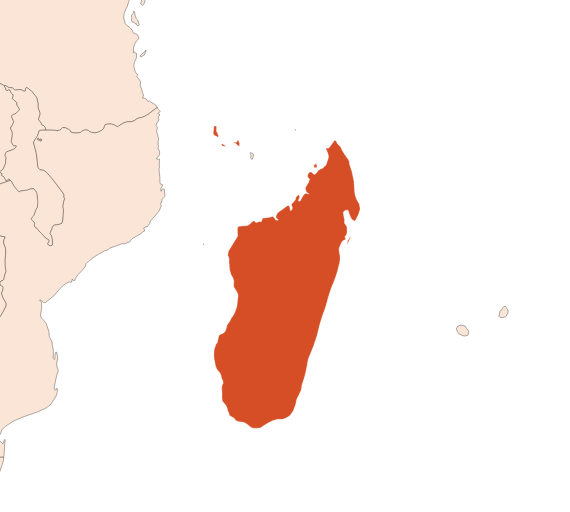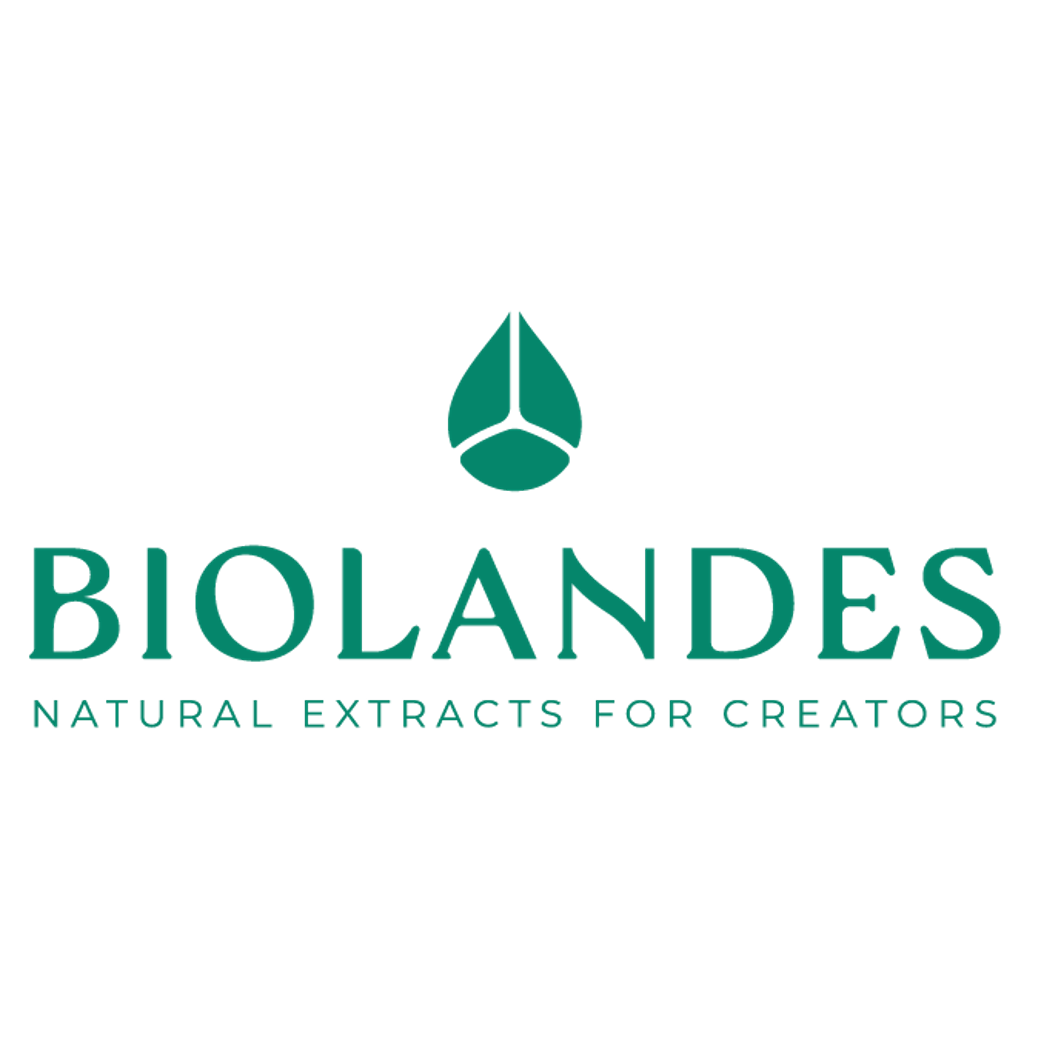Ylang-Ylang III EO
Naturelle
Floral > White Flowers > Solar > Benzyl > Eugenolic

Crédits photo: ScenTree SAS
Latin name :
Cananga odorata
Botanical profile :
The ylang-ylang is the flower of a tree of the Annonaceae family and the genus Cananga.
Geographic origin :
Originally from Southeast Asia, Ylang-Ylang is now grown mainly in the Comoros, Madagascar and the Philippines
Chemotypes :
Ylang has another similar specie, also used in perfumery, but in smaller quantities: Cananga genuina.
There is also the Cananga macrophylla, widespread in Indonesia, which gives the Cananga EO, by hydrodistillation. This essential oil has a lower quality and is less expensive.
Finally, there are four main ''false ylang '' that also belongs to the Annonaceae family :
The Harachampala (Artabotrys Hexapetalus), grown in India and Sri Lanka. The grains of selim, a Guinean and Ethiopian pepper (Xylopia aethiopica), whose flowers give an essential oil with Eucalyptol.
The Monkey pepper (Xylopia aromatica).
The Monodora citriodora which provides a Citral essential oil.
There is also the Cananga macrophylla, widespread in Indonesia, which gives the Cananga EO, by hydrodistillation. This essential oil has a lower quality and is less expensive.
Finally, there are four main ''false ylang '' that also belongs to the Annonaceae family :
The Harachampala (Artabotrys Hexapetalus), grown in India and Sri Lanka. The grains of selim, a Guinean and Ethiopian pepper (Xylopia aethiopica), whose flowers give an essential oil with Eucalyptol.
The Monkey pepper (Xylopia aromatica).
The Monodora citriodora which provides a Citral essential oil.
Extraction process :
The Canaga odorata is a tree that can measure 20 to 30 meters in height. To facilitate the harvest of the flowers, the trees are topped at two meters height throughout their life. In addition, each branch, called ''epicormic shoot '', is cut to stress the tree so it produces a maximum of flowers to ensure the sustainability of it specie. The branches fall back to the ground, and flowers are found under the leaves. Green at first, then yellow when ripe.
The ylang-ylang flower is cultivated all year long in a tropical or sub-tropical climate (flowering is more abundant from November to April). At maturity, the base of the flowers turns red. The harvest is done in the morning, from 5am to 8am, to prevent the evaporation of the aromatic molecules of the flower during the day. The harvest is done manually by women and the flowers are collected in baskets (5 kg of flowers per hour, knowing that a flower weighs no more than two grams!) and weighed at the factory.
During the same day, the flowers are subjected to a steam distillation. This means that the most volatile molecules are collected in the very first fraction called ''Extra '', followed by fraction I, II and III. The flower can also be totally distilled in a single fraction, called ''complete essential oil ''.
The extraction of ylang-ylang often turns around 2%, regardless of its fractionation. An adult tree can produce 10 to 20 kg of flowers per year.
It is finally possible to extract the flowers with a volatile solvent, to obtain a concrete and an absolute. No fractionation is possible with this process.
Ylang-ylang essential oils can be rectified by distillation to remove insoluble compounds.
The ylang-ylang flower is cultivated all year long in a tropical or sub-tropical climate (flowering is more abundant from November to April). At maturity, the base of the flowers turns red. The harvest is done in the morning, from 5am to 8am, to prevent the evaporation of the aromatic molecules of the flower during the day. The harvest is done manually by women and the flowers are collected in baskets (5 kg of flowers per hour, knowing that a flower weighs no more than two grams!) and weighed at the factory.
During the same day, the flowers are subjected to a steam distillation. This means that the most volatile molecules are collected in the very first fraction called ''Extra '', followed by fraction I, II and III. The flower can also be totally distilled in a single fraction, called ''complete essential oil ''.
The extraction of ylang-ylang often turns around 2%, regardless of its fractionation. An adult tree can produce 10 to 20 kg of flowers per year.
It is finally possible to extract the flowers with a volatile solvent, to obtain a concrete and an absolute. No fractionation is possible with this process.
Ylang-ylang essential oils can be rectified by distillation to remove insoluble compounds.
Major Components :
Composition may change according to origins.
For Comores & Mayotte :
Germacrène-D (20 - 35%)
Farnesene (12- 29%)
Beta-Caryophyllene (5 - 15%)
Benzyl Acetate (4 - 8%)
Benzyl Benzoate (4 - 8%)
Benzyl Salycilate (2,5 - 4,8%)
Cinnamyl acetate (E) (1,5 - 5%)
Farnesol (0,8 - 3%)
Cinnamyl acetate (Z) (0,5 - 2,5%)
Geranyl acetate (0,4 - 3%)
Linalool (0,1 - 2%)
para-Cresol Methyl Ether (0,1 - 1%)
Methyl Benzoate (0,1 - 0,8%)
Prenyl acetate (0,1 - 0,2%)
Geraniol (Trace)
For Madagascar :
Germacrène-D (15 - 34%)
Beta-Caryophyllene (12 - 19%)
Farnesene (9 - 25%)
Cinnamyl acetate (E) (9 - 25%)
Benzyl Benzoate (4,8 - 8,5%)
Benzyl Salycilate (2 - 5%)
Farnesol (1,2 - 4%)
Geranyl acetate (1 - 6,6%)
Linalool (0,6 - 4%)
Geraniol (0,2 - 0,8%)
Benzyl Acetate (0,1 - 2,2%)
Cinnamyl acetate (Z) (0,1 - 2%)
para-Cresol Methyl Ether (0,1 - 1,4%)
Methyl Benzoate (0,1 - 0,9%)
Prenyl acetate (Trace)
For Comores & Mayotte :
Germacrène-D (20 - 35%)
Farnesene (12- 29%)
Beta-Caryophyllene (5 - 15%)
Benzyl Acetate (4 - 8%)
Benzyl Benzoate (4 - 8%)
Benzyl Salycilate (2,5 - 4,8%)
Cinnamyl acetate (E) (1,5 - 5%)
Farnesol (0,8 - 3%)
Cinnamyl acetate (Z) (0,5 - 2,5%)
Geranyl acetate (0,4 - 3%)
Linalool (0,1 - 2%)
para-Cresol Methyl Ether (0,1 - 1%)
Methyl Benzoate (0,1 - 0,8%)
Prenyl acetate (0,1 - 0,2%)
Geraniol (Trace)
For Madagascar :
Germacrène-D (15 - 34%)
Beta-Caryophyllene (12 - 19%)
Farnesene (9 - 25%)
Cinnamyl acetate (E) (9 - 25%)
Benzyl Benzoate (4,8 - 8,5%)
Benzyl Salycilate (2 - 5%)
Farnesol (1,2 - 4%)
Geranyl acetate (1 - 6,6%)
Linalool (0,6 - 4%)
Geraniol (0,2 - 0,8%)
Benzyl Acetate (0,1 - 2,2%)
Cinnamyl acetate (Z) (0,1 - 2%)
para-Cresol Methyl Ether (0,1 - 1,4%)
Methyl Benzoate (0,1 - 0,9%)
Prenyl acetate (Trace)
- Uses in perfumery :
- Data not available.
- Other comments :
- Data not available.
- Volatility :
- Heart
- Appearance :
- Pale yellow liquid
- Stability :
- Solubility issues in perfumes
The esters identified in this raw material can form their corresponding acid in stability tests
The terpenes identified in this raw material can polymerize when they are oxidized - Price Range :
- €€€
- Aromatherapy :
Informations provided below are taken from reference works in aromatherapy. They are given for information purposes only and can not constitute medical information, nor engage the responsibility of ScenTree.
Data not available.

Crédits photo: ScenTree SAS
- EINECS number :
- 83863-30-3
- FEMA number :
- 3119
- Allergens :
- Linalool - Benzyl Benzoate
- IFRA :
- This ingredient is restricted by IFRA
- Restriction type :
- RESTRICTION
- Cause of restriction :
- DERMAL SENSITIZATION
- Amendment :
- 49
- Quantitative limit on the use :
-
Cat.1 Cat.2 Cat.3 Cat.4 Cat.5A Cat.5B Cat.5C Cat.5D Cat.6 0,13 % 0,039 % 0,78 % 0,73 % 0,18 % 0,18 % 0,18 % 0,18 % 0,43 % Cat.7A Cat.7B Cat.8 Cat.9 Cat.10A Cat.10B Cat.11A Cat.11B Cat.12 1,5 % 1,5 % 0,077 % 1,4 % 5,1 % 5,1 % 2,8 % 2,8 % No Restriction - Annexe I :
- Some regulated synthetic ingredients are found in nature and in certain proportions in natural ingredients. This presence in nature has to be taken into account when calculating limits of use recommended by the IFRA. In case you do not know these concentrations, you can use the ones estimated by the IFRA. Here they are :
- Restriction type :
- RESTRICTION QRA
- Cause of restriction :
- SENSITIZATION
- Amendment :
- 43
- Quantitative usage limits :
-
Cat.1 Cat.2 Cat.3 Cat.4 Cat.5 Cat.6 Cat.7 Cat.8 Cat.9 Cat.10 Cat.11 0,05 % 0,06 % 0,27 % 0,8 % 0,4 % 1,3 % 0,1 % 1,8 % 5 % 2,5 % Not Restricted - Annexe I :
- Some regulated synthetic ingredients are found in nature and in certain proportions in natural ingredients. This presence in nature has to be taken into account when calculating limits of use recommended by the IFRA. In case you do not know these concentrations, you can use the ones estimated by the IFRA. Here they are :
| List of regulated compounds contained in this ingredient | ||
|---|---|---|
| Regulated ingredient name | CAS N° | Estimated Concentration |
| Benzyl alcohol | 100-51-6 | 0,05 |
| Cinnamyl acetate | 103-54-8 | 1,5 |
| Geraniol | 106-24-1 | 0,3 |
| Benzyl salicylate | 118-58-1 | 4 |
| Benzyl benzoate | 120-51-4 | 7 |
| Benzyl cyanide | 140-29-4 | 0,02 |
| Farnesol | 4602-84-0 | 1,5 |
| Eugenol | 97-53-0 | 0,5 |
| Isoeugenol | 97-54-1 | 0,5 |
| List of regulated compounds contained in this ingredient | ||
|---|---|---|
| Regulated ingredient name | CAS N° | Estimated Concentration |
| Benzyl alcohol | 100-51-6 | 0,05 |
| Cinnamyl acetate | 103-54-8 | 1,5 |
| Geraniol | 106-24-1 | 0,3 |
| Benzyl salicylate | 118-58-1 | 4 |
| Benzyl benzoate | 120-51-4 | 7 |
| Benzyl cyanide | 140-29-4 | 0,02 |
| Farnesol | 4602-84-0 | 1,5 |
| Eugenol | 97-53-0 | 0,5 |
| Isoeugenol | 97-54-1 | 0,5 |
To learn more about IFRA's standards : https://ifrafragrance.org/safe-use/library
ScenTree is solely responsible for the information provided here.

